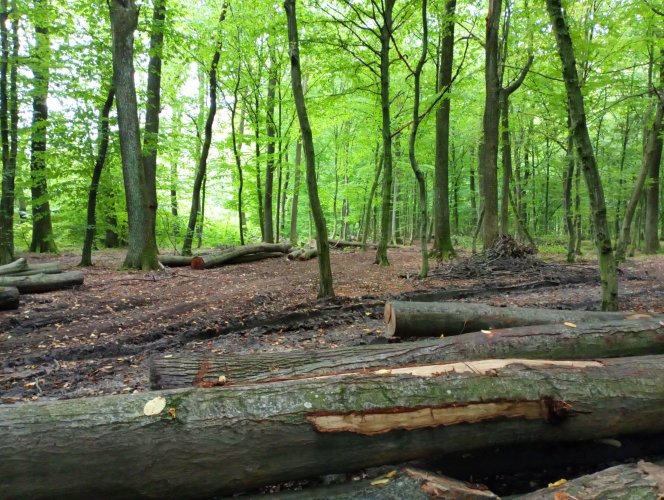Volunteers of the Kyiv Ecological and Cultural Center (KECC), together with police investigators, found 20 felled centuries-old oaks in the protected area of the Bilozerky National Park.
This was reported by KECC experts on their Facebook page.
Together with investigators from the Boryspil Police Department, they recorded the offense. At the moment, the Boryspil District Prosecutor's Office has already opened a criminal investigation into the illegal felling of oak trees in the Biloozersky National Park.
This is not the first case of illegal felling of trees on the territory of this national park. In mid-May, EkoPolitika reported that eco-activists of the KECC are sounding the alarm due to the massive illegal felling of ancient oak trees on the territory of "Biloozerskyi". They assumed that it was either the handiwork of a separate gang of foresters colluding with the park management, or the park management itself.





